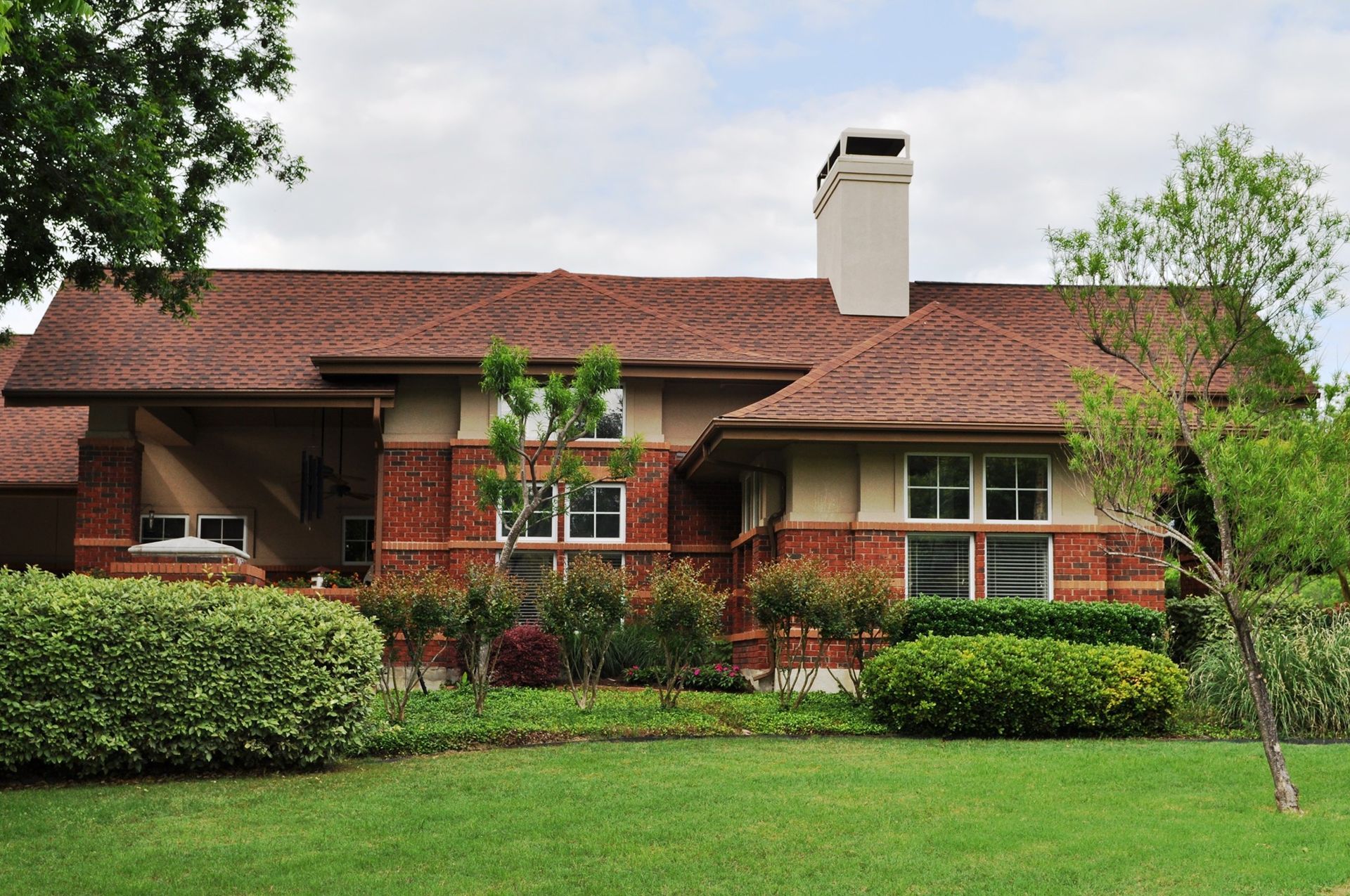Blog
Blog

02 Apr, 2023
If you live in the south of the United States, or in any warm-weather area in the world, you need the proper amount of attic ventilation. What is attic ventilation? It is simply allowing cooler, drier air to come into your attic and hotter, more humid air to move out of your attic. We call the air coming into the attic intake. We call the air escaping your attic exhaust. You need a minimum amount of each. There needs to be a minimum number of square inches of exhaust to allow enough hot, moist air to escape your attic. You also need at least two times that amount as intake to feed the exhaust. Convection is a simple process that states that hot air rises. In your attic, you place the exhaust at the top of the roof line so the hot air can escape. The intake is usually through gable vents on older houses and soffit vents on newer houses. You can use both. I like to place an 8" x 16" soffit vent every eight feet all around the house. If you do not have horizontal soffit all around the house, you can double it up in some areas to even this out. If the soffit is not horizontal to the ground, there is no need for a soffit vent as it does not feed the attic. Attic exhaust is primarily accomplished with gable vents (note that they serve as both intake and exhaust), wind turbines, ridge vents, power vents (both AC/DC and solar), and static vents. If you have enough ridge lines, ridge vents are the best. If you do not have many ridges, wind turbines are the best. Power vents work great in cooler areas but do not have much life in hotter areas. Plus, if they are AC/DC powered, there is an electrical cost to run their motors. We have seen the lifespan on new motors between 2 and 4 years only. Because of these costs, we do not recommend installing them in the south. We have seen no problems with good-quality ridge vents and wind turbines. The latest versions work well beyond the life of your roof. The reason you need these vents is to replace the hot air in your attic with cooler outside air. This helps to cool your attic. That also translates into a cooler house. The hot air in the attic may work its way into the house to heat it. Radiant heat can come into your house as well as the hot air itself. The AC air ducts are usually in the attic. This is the cold air that cools your house, which is surrounded by extremely hot air. Cooling the attic will reduce the "heat loss" of this cold air. Your first savings will be your cooling costs; they will go down. A cooler house is cheaper to cool than a hotter house. In the long run, the house roof will last longer as it simply does not get as hot. When the shingles are exposed to excessive heat, they get brittle. They lose their protective granules, or their skin, quicker. They are more likely to get damaged in hailstorms. Their lives get reduced. I look at it as though each year of age may actually be two years of wear. This costs you more money. If your AC equipment does not work as hard, it should last longer as well. This is a huge savings when you consider how many AC systems you have to buy over a lifetime. If you could cut your costs here, it would add up to some real money. The last savings were hard to quantify. When you take a shower, the moisture goes into your home. Some of it works its way into your attic. If enough of it is trapped there, mold will grow. Even a little mold can cause lung problems in most people. A lot of mold is usually associated with a continuous stream of water, like a fresh water leak. But if there is no ventilation in your attic, water vapor is trapped. Opening up the attic allows this vapor to pass out of your attic and take the water vapor with it. In summary, the better the attic ventilation works, the lower your cooling costs will be to cool the house. This will make it more comfortable for you and your family in our hot months. In the future, your costs for the roof and AC equipment will be lowered. Improving the attic ventilation may be one of the best investments you can make in your home.


